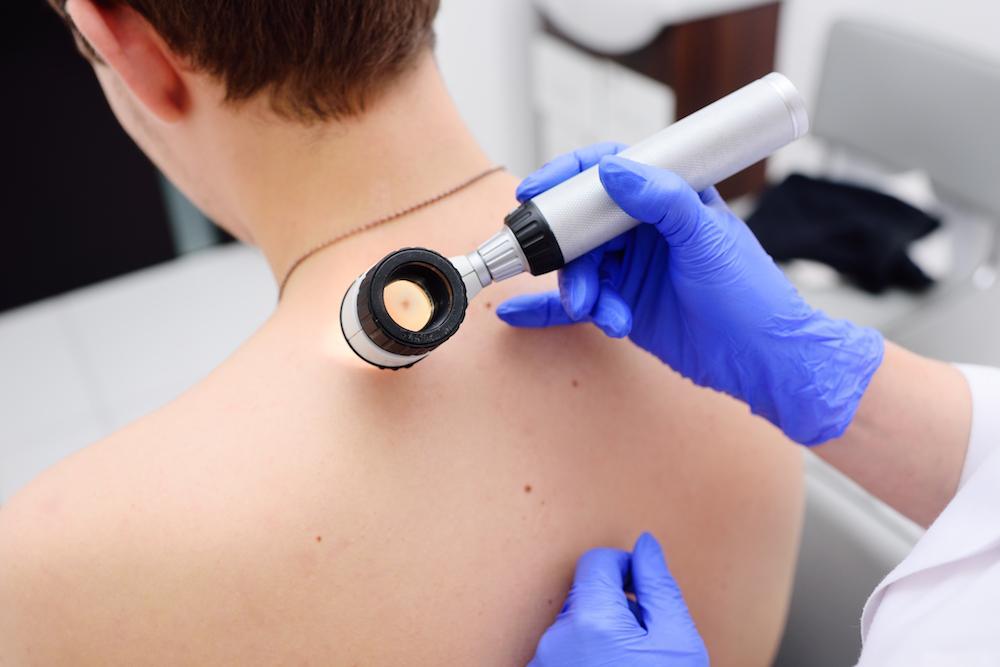Most people have 10-40 moles on their skin, and most of them are no cause for alarm.
While some moles naturally change or fade away over time, others rightfully raise suspicion. Determining which you’re dealing with can be very important for staying as healthy as possible, and that typically takes an expert eye.
At Northstar Dermatology in North Richland Hills, Texas, our expert team of board-certified dermatologists perform full-body skin exams and evaluate unusual moles to check for signs of cancer.
Here, we explore the basics of suspicious moles, including what to do about them.
What makes a mole suspicious
Atypical moles, also called dysplastic nevi, have irregular features that are noticeable under a microscope and often to the naked eye. They can appear anywhere on your skin and may have:
- An asymmetrical shape
- A jagged border
- Changed or multiple colors
- A size that exceeds a quarter inch
Suspicious moles may also change rapidly or start bleeding or itching.
Unusual moles raise your risk of skin cancer, including the most dangerous type, known as melanoma. So even if you have benign atypical moles, you should have your skin checked routinely.
And you may be more prone to unusual moles and at a higher risk for skin cancer if you have:
- Light-colored eyes and skin
- A personal or family history of skin cancer
- A history of spending lots of time in the sun or tanning beds
- A history of severe sunburns
Thankfully, most skin cancers are highly treatable or curable when detected early.
What to do about a suspicious mole
If you’ve noticed a suspicious mole, one of our dermatologists can evaluate the mole for signs of cancer. Depending on your symptoms, they may recommend a biopsy to rule out or confirm skin cancer.
The biopsy can also reveal precancerous cells. That’s important, given that removing a precancerous mole can prevent skin cancer from developing later.
If you’re confirmed to have a form of skin cancer, we recommend an appropriate treatment, such as a topical solution or Mohs surgery. During the Mohs procedure, the tumor is mapped and meticulously removed in layers. This leaves surrounding skin undamaged and brings a very high success rate.
And even if your mole is noncancerous, you can opt to have it removed for cosmetic reasons or if it’s causing any pain or discomfort.
To learn more about abnormal moles or to get the care you need, call our office or request an appointment through our website link today.





